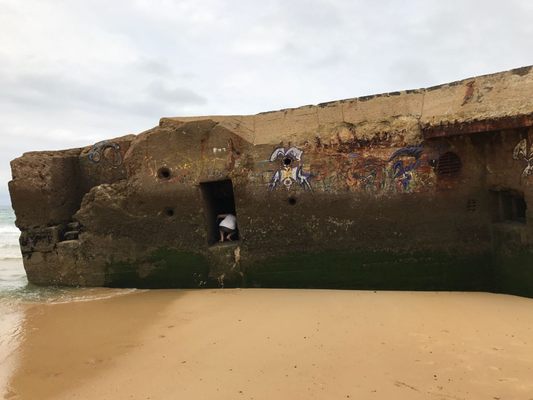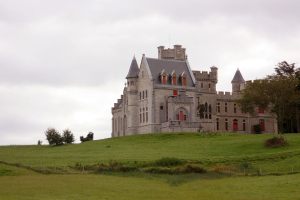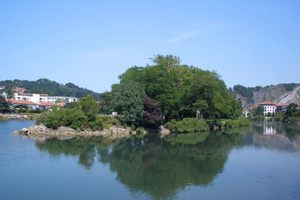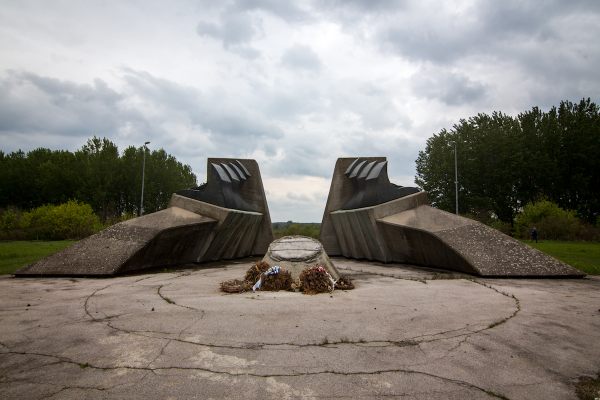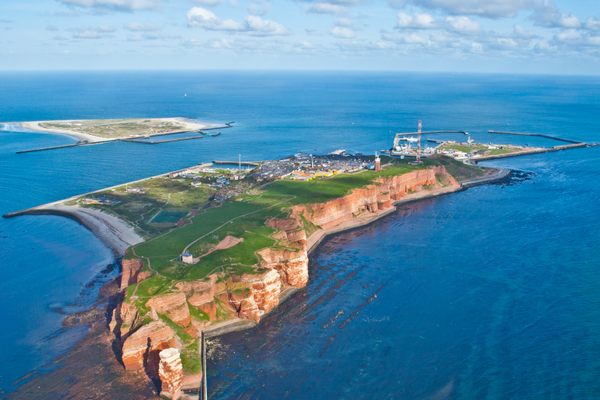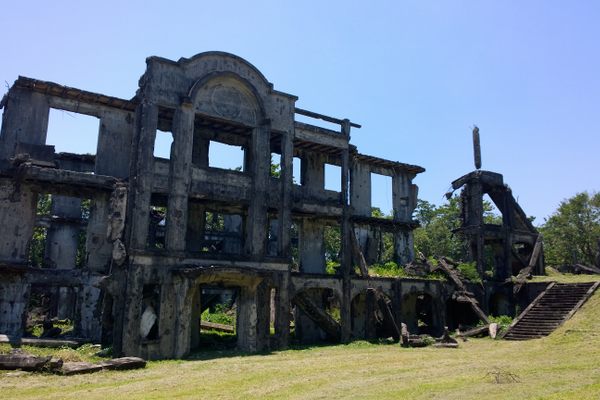About
The beaches that hug the shore of Capbreton, a small coastal town in southwest France, are known for their prime surfing conditions. Vast and hidden by immense dunes, the stretches of sand make a great weekend getaway. But during World War II, the occupying Nazi forces thought of them as a great place for a potential Allied landing and invasion. They built a series of blockhouses so they’d be ready when their enemy arrived.
But the Allies never launched an invasion near Capbreton, rendering these defensive structures obsolete. Time has gone by and hardly anyone, aside from the occasional graffiti artist or curious explorer, has used them.
Nature has claimed these abandoned concrete constructions. Algae cover their surfaces. The occasional crab scurries about. The entrances to some of them have been almost filled with sand. Others are partially waterlogged, especially when the tides are high.
However, it is possible to climb inside some of the structures. A rank smell welcomes anyone who dares enter. The blockhouses are a few minutes away from the town’s main streets, making it easy for just about anyone to admire these relics of World War II.
The fortifications are part of the Atlantic Wall, a coastal defense system built by the Germans that stretched from the French Basque country all the way up to Norway. Nazis guarded the coasts of their claimed lands from within these blockhouses, ready for any counterattacks. Now, hundreds of the structures lie along Europe's beaches, slowly eroding and crumbling into the sea.
Related Tags
Published
December 15, 2017




